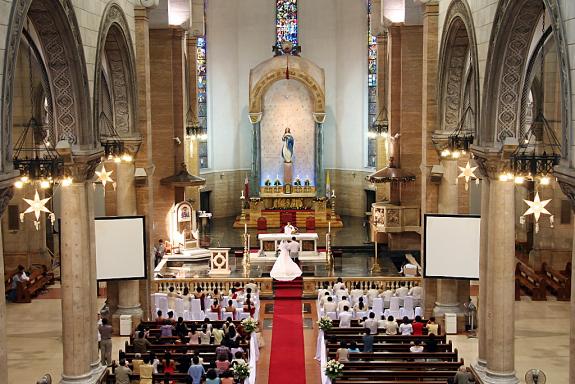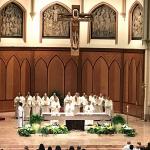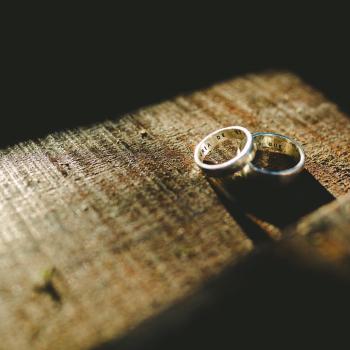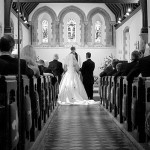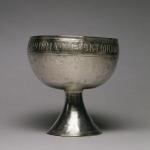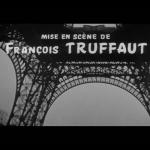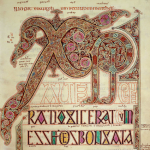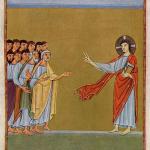Like a lot of men, I once stood nervously beside a priest in a Catholic church on a humid Saturday morning and watched my bride glide down the aisle to the strains of Pachelbel’s Canon in D.
It long ago replaced “The Wedding March” (or “Here Comes the Bride”) as the default wedding processional.
How did that happen?
Thankfully, the New York Times offers an explanation:
It dates to the late-17th or early 18th century, and there’s speculation that it was written as a gift for the wedding of Johann Sebastian Bach’s older brother, with whom Pachelbel studied. Some musicological research claims it couldn’t have been composed before the 1690s, according to Elaine Sisman, a professor of music at Columbia University. Other hypotheses suggest that stylistically it could have come at any point in Pachelbel’s career (he lived from 1653 to 1706).
Whatever the circumstances, what is widely considered the oldest existing manuscript of the piece is a 19th-century copy in Germany at the Staatsbibliothek zu Berlin, or Berlin State Library. And what many scholars can agree on is that from there — long before Pachelbel’s Canon would come to be a wedding sensation — it would fall into obscurity for hundreds more years.
“Pachelbel was pretty much nowheresville in performance,” Ms. Sisman said, until, she added, a modern edition of the sheet music was published in the 20th century, a period of rediscovery for baroque music, including that of Pachelbel and Vivaldi.
“The early 20th century was the era of getting early music out and figuring out how to transcribe it and who could play it,” Ms. Sisman said. “There was also a big early music revival starting in the 1950s with Noah Greenberg and the New York Pro Musica, and suddenly, you had performances and recordings and people trying to figure out how this music actually came to be.”
But even then, Pachelbel’s Canon was still definitively not a wedding song. Go-to works by Richard Wagner and Felix Mendelssohn, on the other hand, were explicitly bridal marches.
What prompted the melody’s meteoric rise was a 1960s recording by the French conductor Jean-François Paillard.
“This thing became really popular — just as a thing of popular music — from that recording,” said the conductor Kent Tritle, the director of cathedral music and an organist at the Cathedral of St. John the Divine in New York.
Ms. Sisman also noted that “the Paillard got really famous because it’s so dreamy, twice as slow as everything else, over seven minutes long, with upward arpeggios that send you into a dream.”
The piece shot to even greater stardom in 1980 as the theme song and opening track in “Ordinary People,” a film starring Mary Tyler Moore and directed by Robert Redford that won several Academy Awards, including for best picture.
“That was a big deal,” Mr. Tritle said. “That became the quick handy reference.”
Below, one of the most familiar renditions, from the opening of “Ordinary People”:
And here’s a version that has become a sensation on YouTube: Pachelbel’s Chicken:

